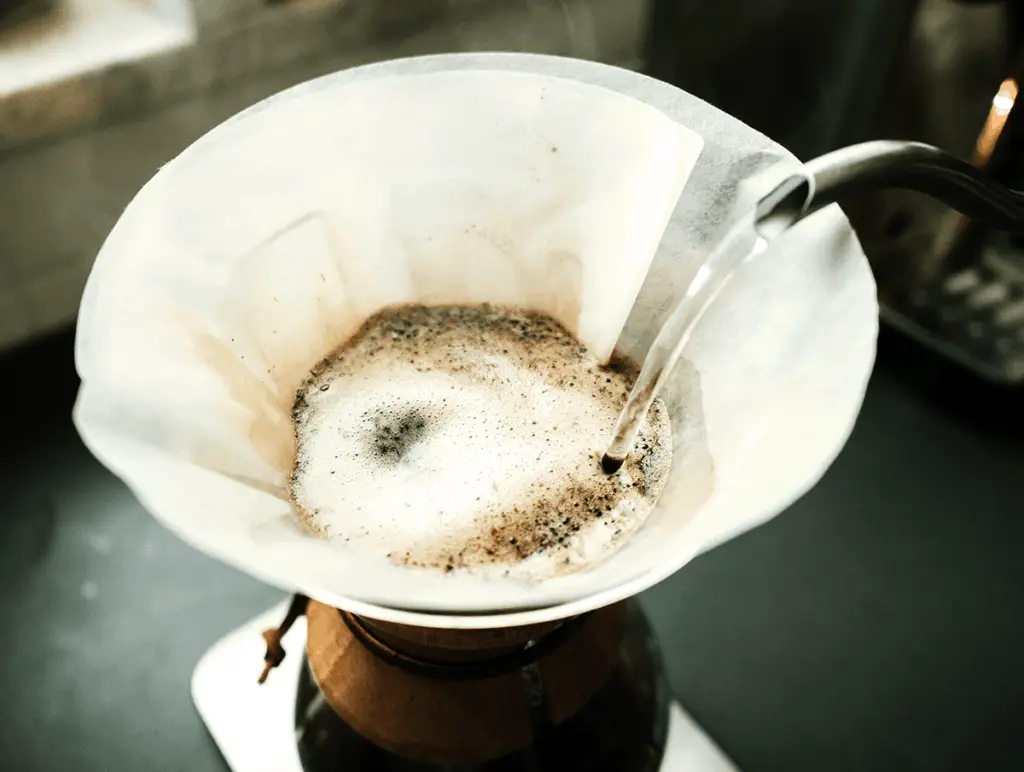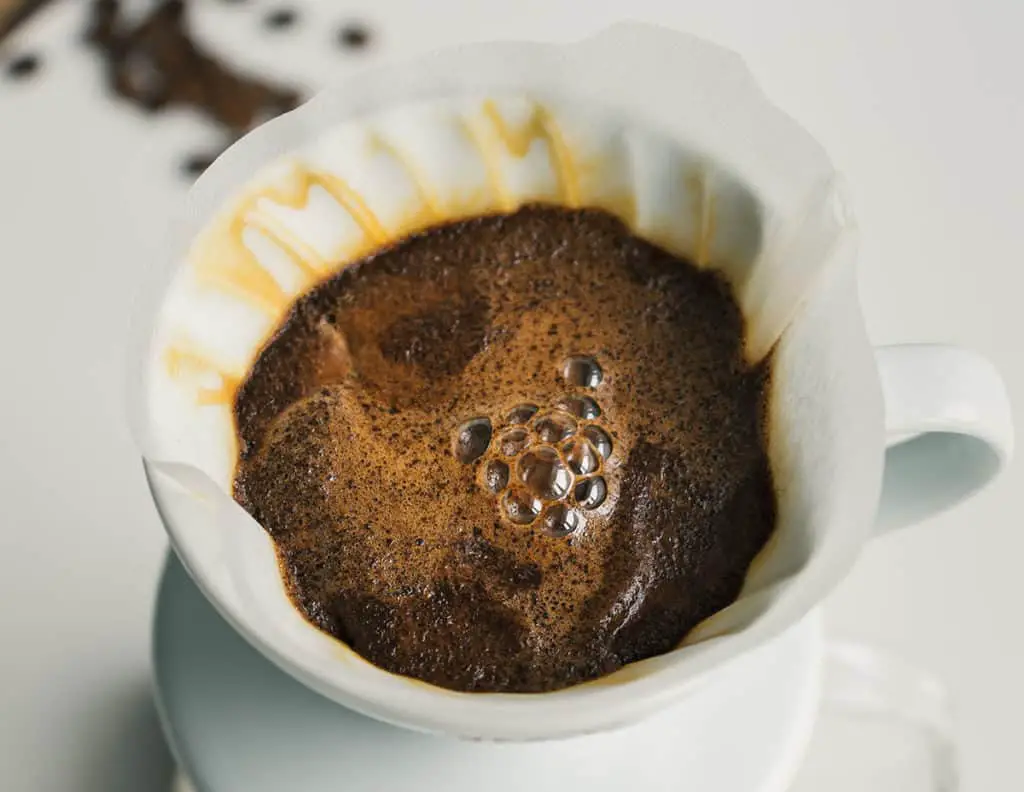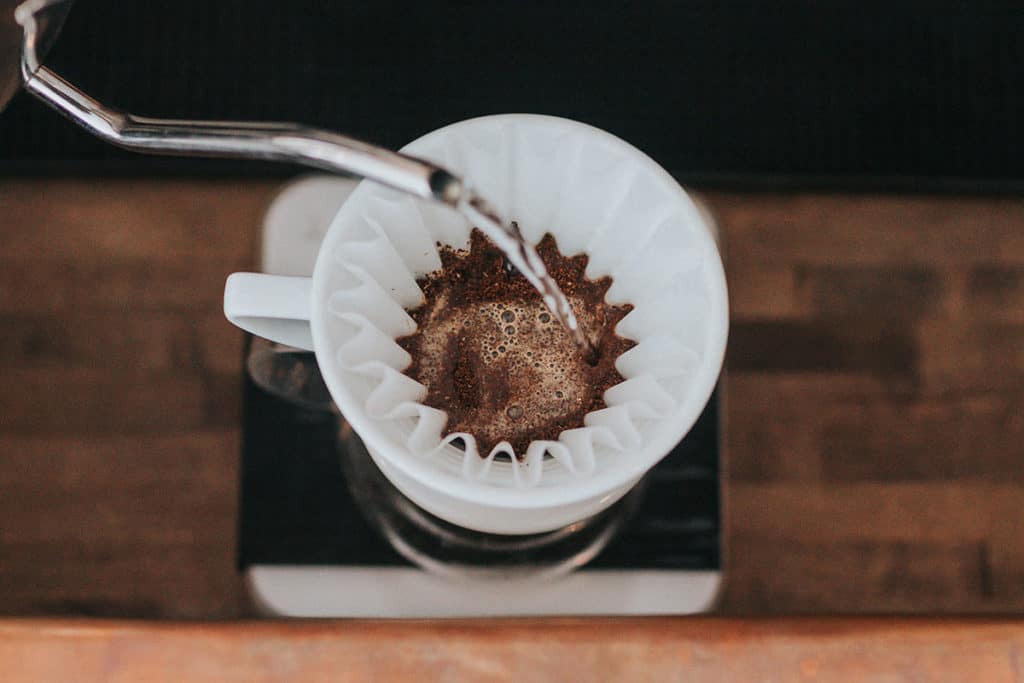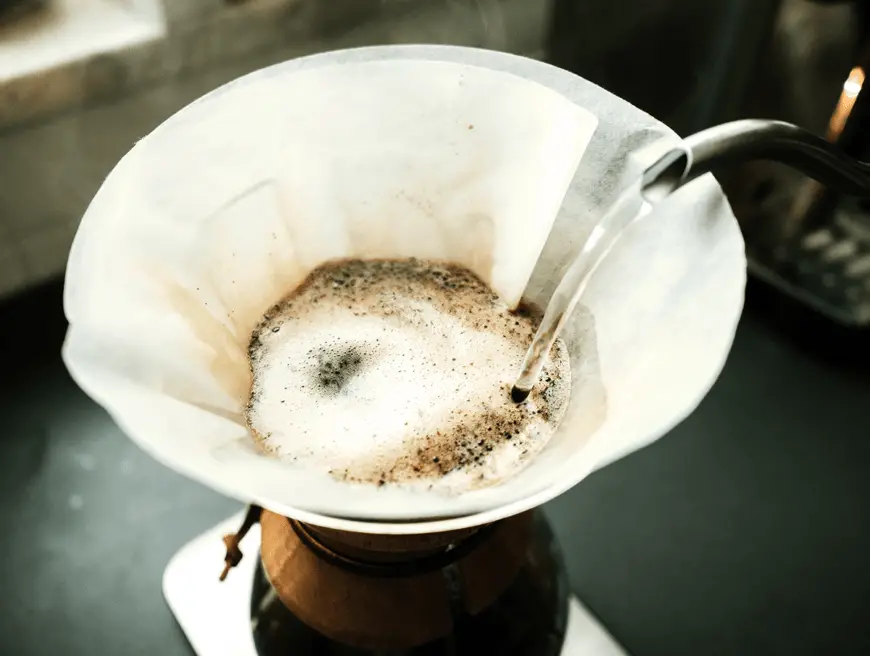
If you’ve ever brewed coffee with freshly roasted beans and noticed the grounds puff up and bubble when hot water hits them, you’ve witnessed the magic of coffee bloom. This fascinating step in the brewing process isn’t just a cool visual—it’s a key to unlocking the best flavor and aroma in your cup. Whether you’re a coffee newbie or a seasoned home barista, understanding coffee bloom can take your coffee game to the next level. In this post, we’ll break down what causes coffee bloom, why it matters, and how to nail it every time. Ready to elevate your brew? Let’s get started!
Why Does Coffee Bloom Happen?

Picture this: you pour hot water over your coffee grounds, and suddenly they swell up, fizzing and rising like a tiny volcanic eruption. That’s coffee bloom in action, and it’s all thanks to carbon dioxide. During roasting, coffee beans trap this gas inside their structure, where it lingers for days or even weeks. When hot water meets the grounds, that trapped carbon dioxide makes a quick escape, causing the grounds to expand and bubble up to the surface.
But here’s why this matters beyond the science-y cool factor. As the gas escapes, it helps the coffee grounds mix evenly with the water, ensuring every particle gets properly soaked. This even extraction is crucial for a balanced flavor—no bitter over-extracted spots or weak under-extracted patches. Plus, letting that carbon dioxide out before the full brew begins prevents it from muddling the taste. Left behind, the gas can lend a sour edge to your coffee, which isn’t exactly what you’re aiming for in a perfect cup. In short, coffee bloom sets the stage for a cleaner, more flavorful brew by degassing the grounds and maximizing extraction.
The Flavor Connection: Freshness and Gas
Think of carbon dioxide as a flavor courier in your coffee beans. The more gas trapped inside, the fresher the beans—and the more vibrant the flavors waiting to be released. Freshly roasted coffee, ideally used within a week of roasting, delivers the biggest bloom because it’s still packed with that gas. Over time, beans naturally lose carbon dioxide, so older, stale beans produce a weaker bloom and, you guessed it, a less exciting cup.
Grinding plays a role here too. When you grind roasted beans, you increase their surface area, speeding up the release of gas and flavor compounds. That’s why grinding right before brewing is a golden rule for coffee enthusiasts—it preserves the bloom’s potential. Wait too long after grinding, and you’ll lose some of that magic before the water even hits. The takeaway? Fresh beans and fresh grinds are your bloom’s best friends.
What Affects Coffee Bloom?

Getting a great bloom isn’t just about timing your roast or grind—it’s influenced by a handful of factors you can tweak for the best results. Let’s explore a few.
Storage is a big one. Airtight containers slow the escape of gases, keeping beans fresher longer, while one-way valve bags let carbon dioxide out without letting air in, striking a balance for freshness. Temperature and humidity matter too. Warmer conditions coax more gas out of the beans, so store them somewhere cool. Dry environments can also speed up gas loss, but too much humidity invites mold—aim for a happy medium.
Then there’s the roast level. Darker roasts, with their longer roasting times, tend to have more carbon dioxide locked in, leading to a bigger bloom. Lighter roasts, on the other hand, might give you a subtler show but can still pack plenty of flavor. Even bean origin and hardness play a part—denser beans hold onto gas more stubbornly, while regional differences subtly shift the bloom’s behavior. The key is knowing your beans and how these variables shape their performance.
To sum it up simply: more gas equals a bigger bloom, and a bigger bloom means fresher, tastier coffee. Here’s a quick reference table to see how these factors stack up:
| Factor | Effect on Bloom | Tip |
|---|---|---|
| Roast Level | Darker roasts = bigger bloom | Experiment with roast styles |
| Storage Temperature | Warmer = more gas loss | Keep beans cool |
| Humidity | Too dry = gas loss; too wet = mold | Find a balanced storage spot |
| Grind Timing | Fresh grind = stronger bloom | Grind just before brewing |
| Bean Freshness | Fresher beans = more gas, bigger bloom | Use within a week of roasting |
How to Bloom Coffee Like a Pro

Now that you know the why, let’s get to the how. Blooming coffee is straightforward, but the technique varies slightly depending on your brewing method. The goal is to dampen the grounds with hot water—just shy of boiling, around 195–205°F (90–96°C)—and let them degas for 30–60 seconds before the main brew. Here’s how to do it for three popular methods.
For a pour-over, start with freshly ground coffee in your filter. Slowly pour 6–12 teaspoons of hot water over the grounds in a circular motion, moving from the outside in. This ensures even saturation without drowning them. Let it sit for a minute, then proceed with your usual pour-over process. You’ll see the grounds puff up and settle, signaling a solid bloom.
With a French press, use coarsely ground coffee to avoid a muddy brew. Add 3–6 teaspoons of hot water over the grounds and watch the foam rise—that’s your bloom kicking in. After 20 seconds, give it a gentle stir to make sure all the grounds are wet, then let it steep for 3–4 minutes as usual. The pre-bloom makes a noticeable difference in clarity and flavor.
For an automatic drip machine, it’s a bit trickier since you can’t pause the brew cycle, but you can still make it work. Place a good-quality filter in the basket and add your fresh grounds. Pour just enough hot water to soak them without letting it drip through—about a minute’s worth. Let it sit, then start the machine. The pre-soak encourages a mini-bloom, boosting extraction even in an automated setup.
Feel free to play around with water amounts and soak times to suit your taste. If your bloom looks lackluster, check your beans—stale or over-roasted ones might be the culprit.
Final Thoughts: Bloom Your Way to Better Coffee
Coffee bloom might sound like a small detail, but once you see it in action, it’s hard to go back. It’s a simple step that pays off in every sip, delivering a cup that’s fresher, fuller, and free of sour notes. Whether you’re pouring over, pressing, or dripping, a little attention to blooming can transform your morning ritual. So grab some fresh beans, grind them up, and give it a try. Got a bloom story to share? Let us know how it goes—your fellow coffee lovers want to hear all about it!

